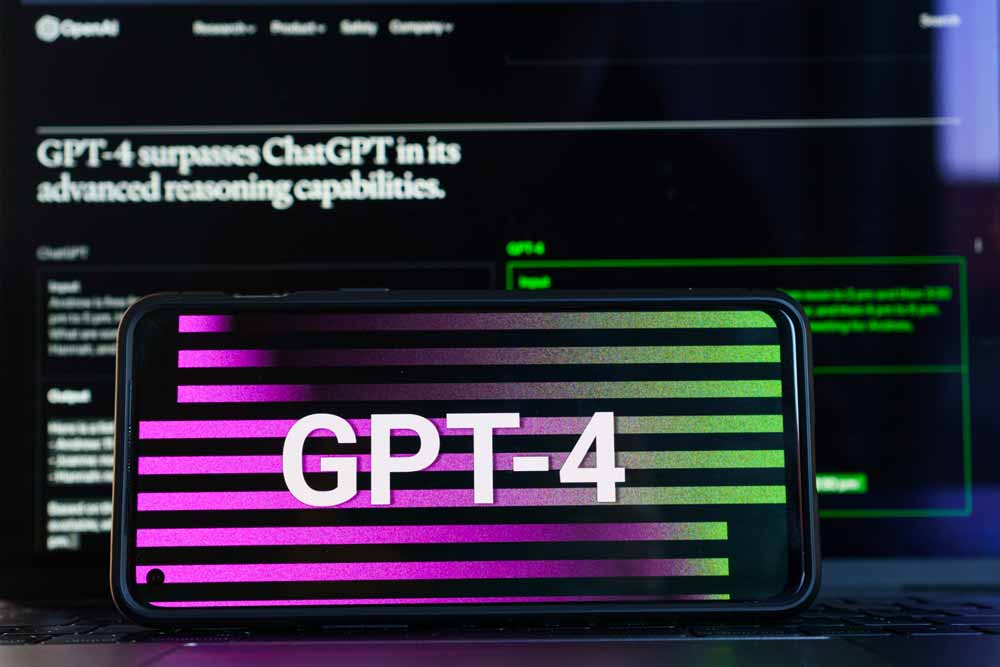Tabella dei contenuti
The world is constantly evolving and the web, needless to say, even more so. This can be understood by doing any online research.
Until recently, in fact, scrolling through the Google SERP, we were only faced with snippets very similar to each other and in some way “essential”, as they consist of three elements:
- Title: in order, it is the first visible element in the snippet. It consists of a maximum of 55 characters, in which the keyword we have chosen to connote the page of our mobile site and the business name are mentioned;
- Url: trivially, the address of the website or page we refer to;
- Description: description of up to 145 characters that summarizes the content of the page that will be displayed by clicking on it. If well done, the description also carries a call to action.

An example of a “classic” snippet
Currently, the presence of so-called rich snippets among the search results.
But what is the rich snippet concretely? As the name suggests, it is nothing more than the classic snippet, but “enriched”, that is, including a few more elements. Later, we will discover how this transformation – at least apparently – simple, can bring important benefits to your business.
Rich snippets and structured data
Search engines give life to rich snippets thanks to the use of so-called structured data, small strings of code that are then “translated” into precise results. Ultimately, we could say that structured data helps to make certain information and characteristics visible, in an immediate and unequivocal way for Google’s crawlers.
By adding structured data – which have the task of representing content with their language, such as an image – to the HTML markup of a web page, the work of crawlers will be greatly facilitated. In fact, they will scan the page much faster than they would if it were formatted in pure HTML.
The reason is also due to the nature of structured data, easy to insert, archive, reuse and interpret; a not insignificant advantage if we consider the chaos of content on the web.
But precisely what can structured data show users more with their rich snippet, in addition to title, url and description?
- Evaluations of a product, based on a certain number of reviews and graphically represented by the classic “stars”;
- Product price and availability status;
- Individual product reviews;
- Product image.

An example of a rich snippet
Using “rich snippets”: what are the advantages?
Undoubtedly, the “rich snippets” are preferred to the classic snippets: the product of your business will be accompanied by more information and, thanks to the presence of any photos, it will be more aesthetically pleasing.
This translates into a better Click Through Rate: in pennies terms, it means that the rich snippet related to your product will be clicked several times during the viewing phase, when it appears in the Google search results. The advantages deriving from this are clear: more clicks, greater chances of selling your products.
Not only; There is also a correlation between structured data, rich snippets and SEO.
Although Google has specified that the ranking does not depend on directly structured data, we can say with certainty that, even if indirectly, these influence it.
Let’s explain: consequently, the increase in CTR and a lower bounce rate – the bounce time from page to page, often due to the lack of real interest during navigation – favor online positioning. Similarly, the fact that structured data makes online content more readable for search engines can only be rewarded by them, pushing the user a little higher in his climb to the SERP.
Yes, certainly these are concepts that are difficult to assimilate for the layman; even more to apply, of course. Key-One is the web agency in Milan that, with its team of digital specialists and Information Technology professionals, can help you make your products more visible (and therefore affordable!) In the fascinating but chaotic world of the web!








